Home>Furniture & Design>Interior Design Trends>How Is Glass Shaped
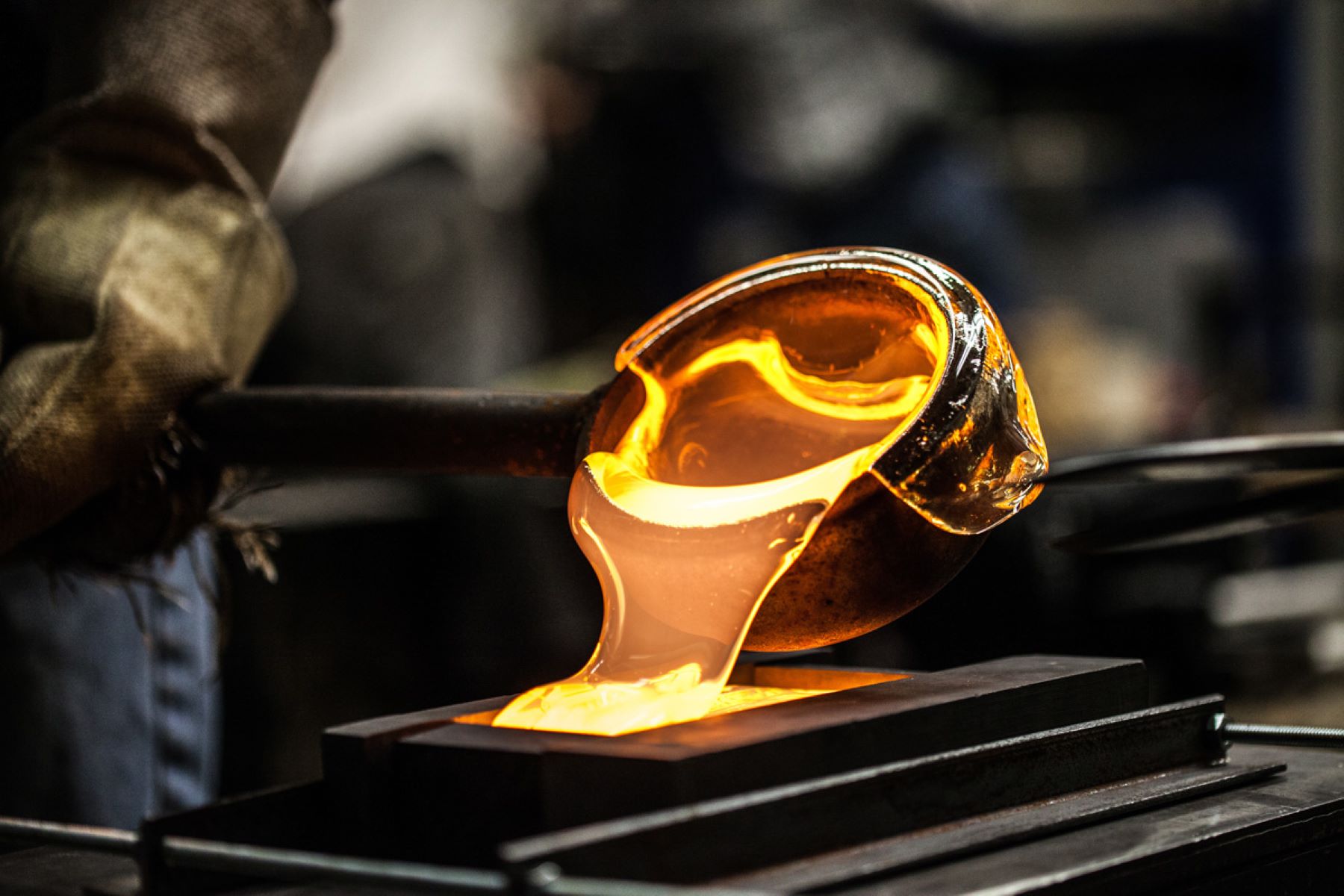

Interior Design Trends
How Is Glass Shaped
Published: February 8, 2024
Discover the latest interior design trends and learn how glass is shaped to elevate your space. Explore innovative techniques and ideas for a modern and stylish interior.
(Many of the links in this article redirect to a specific reviewed product. Your purchase of these products through affiliate links helps to generate commission for Storables.com, at no extra cost. Learn more)
Introduction
Glass, a material that has been captivating humanity for centuries, is a versatile and fascinating substance. Its unique properties make it an essential element in various industries, including architecture, interior design, and art. The process of shaping glass is an intricate craft that involves a combination of artistry and precision. Understanding the methods used to shape glass provides insight into the artistry and technical expertise required to create stunning glass products.
The shaping of glass encompasses a range of techniques, each with its own distinct characteristics and applications. From the ancient art of blowing and molding to the modern precision of cutting and grinding, the methods used to shape glass have evolved over time, reflecting advancements in technology and craftsmanship. Additionally, the processes of annealing and tempering play crucial roles in enhancing the strength and durability of glass, ensuring its suitability for a wide array of applications.
Exploring the art of shaping glass unveils a world of creativity and innovation, where skilled artisans and craftsmen transform raw materials into exquisite works of art and functional pieces. The interplay of heat, pressure, and skillful manipulation results in the creation of intricate glass sculptures, elegant tableware, and architectural marvels that adorn modern spaces.
As we delve into the various techniques and processes involved in shaping glass, we gain a deeper appreciation for the artistry and technical mastery that underpin the creation of glass products. This exploration not only sheds light on the methods used to shape glass but also highlights the rich history and cultural significance of this timeless material. Through this journey, we gain a newfound understanding of the craftsmanship and ingenuity that continue to shape the world of glass art and design.
Key Takeaways:
- Shaping glass involves ancient techniques like blowing and molding, and modern methods like cutting and grinding, each showcasing the artistry and technical expertise that shape stunning glass products.
- Annealing and tempering are crucial processes in shaping glass, enhancing its strength and durability for a wide range of applications, from architectural installations to household items.
Read more: How To Shape Glass
Blowing and Molding
Blowing and molding are ancient techniques that have been integral to the art of shaping glass for centuries. These methods involve the skilled manipulation of molten glass to create a diverse range of exquisite glassware and decorative pieces. The art of glassblowing, in particular, has a rich history dating back to the Roman Empire, where it was employed to craft ornate vessels and intricate glass objects.
Glassblowing begins with the gathering of molten glass on the end of a blowpipe, a hollow tube that allows the artisan to blow air into the glass, shaping it into a desired form. The artisan skillfully rotates and manipulates the blowpipe, using gravity and centrifugal force to shape the molten glass into intricate designs. This delicate process requires precision and dexterity, as the glass must be carefully inflated and sculpted to achieve the desired shape and texture.
Molding, on the other hand, involves shaping molten glass by pouring it into molds to create specific forms and patterns. This method allows for the production of consistent and symmetrical glass objects, such as vases, bowls, and decorative ornaments. The molds, typically made of metal or refractory materials, impart unique textures and designs to the glass, adding depth and visual interest to the finished pieces.
Both blowing and molding techniques require a deep understanding of the behavior of molten glass, as well as exceptional hand-eye coordination and artistic vision. Skilled artisans adeptly navigate the intense heat of the glass furnace, harnessing its transformative power to bring their creative visions to life. The artistry and precision involved in blowing and molding glass exemplify the timeless appeal of these traditional techniques, which continue to inspire contemporary glass artists and designers.
The allure of blown and molded glass lies in its ability to capture the fluidity and luminosity of the molten material, resulting in captivating forms that showcase the inherent beauty of glass. From delicate glass figurines to elaborate chandeliers, the art of blowing and molding glass yields a diverse array of stunning creations that adorn homes, galleries, and architectural spaces around the world.
In the realm of interior design, blown and molded glass finds expression in elegant lighting fixtures, decorative accents, and bespoke tableware, adding a touch of sophistication and artistry to modern living spaces. The intricate patterns, vibrant colors, and organic shapes achieved through blowing and molding techniques infuse glass objects with a sense of timeless elegance and visual intrigue.
As we marvel at the exquisite craftsmanship and artful designs born from the traditions of blowing and molding glass, we gain a profound appreciation for the enduring legacy of these ancient techniques. The fusion of creativity and technical mastery inherent in these methods continues to shape the evolution of glass art and design, offering a glimpse into the boundless possibilities of this captivating medium.
Cutting and Grinding
The techniques of cutting and grinding play a pivotal role in shaping glass, allowing artisans to transform raw glass into refined, intricate pieces that showcase precision and artistry. Cutting glass involves the controlled separation of the material using various tools, such as diamond-tipped cutters and abrasive wheels, to achieve clean edges and precise shapes. This meticulous process demands a steady hand and a keen eye for detail, as even the slightest deviation can impact the final outcome.
Grinding, on the other hand, involves the use of abrasive materials to smooth and polish the surfaces of glass, enhancing its clarity and luster. This method is essential for refining the edges of cut glass pieces, ensuring that they are smooth and free from imperfections. The grinding process requires patience and expertise, as artisans carefully manipulate the glass against grinding wheels to achieve the desired finish.
The art of cutting and grinding glass encompasses a wide range of applications, from creating intricate stained glass windows and decorative panels to crafting precision-cut glass tabletops and mirrors. The precision and finesse required in these techniques are evident in the flawless edges and seamless joins that characterize expertly cut and ground glass pieces.
In interior design, the mastery of cutting and grinding glass is showcased in bespoke architectural elements, such as glass partitions, doors, and shelving, where precision-cut glass panels contribute to a sense of openness and sophistication within modern spaces. Additionally, the use of intricately cut and ground glass in lighting fixtures and decorative accents adds a touch of refinement and elegance to interior settings, infusing them with a captivating play of light and texture.
The interplay of cutting and grinding techniques with the inherent translucency and luminosity of glass results in captivating designs that elevate the aesthetic appeal of interior spaces. Whether it's the precise facets of a cut crystal vase or the seamless edges of a custom-cut glass tabletop, the artistry and technical expertise involved in cutting and grinding glass are integral to the creation of exquisite, functional pieces that enrich the visual landscape of contemporary interiors.
As we admire the seamless fusion of artistry and precision in cut and ground glass creations, we gain a deeper understanding of the meticulous craftsmanship that defines this timeless art form. The enduring allure of cut and ground glass lies in its ability to capture and reflect light, creating a mesmerizing interplay of reflections and refractions that enhance the ambiance of any space. In the hands of skilled artisans, the transformative power of cutting and grinding glass continues to shape the evolution of glass art and design, offering a glimpse into the limitless possibilities of this captivating medium.
When shaping glass, it’s important to heat it to a high temperature so it becomes malleable. This allows it to be molded into different shapes before it cools and hardens.
Annealing and Tempering
Annealing and tempering are critical processes in the shaping of glass, playing a fundamental role in enhancing its strength, durability, and thermal resistance. These techniques are essential for relieving internal stresses within the glass, ensuring structural integrity, and imparting specific properties to the material.
Annealing:
Annealing is a carefully controlled cooling process that eliminates internal stresses in the glass, making it less susceptible to breakage and thermal shock. After the initial shaping and forming of the glass, it is gradually cooled in a carefully regulated annealing oven. This gradual cooling process allows the glass to reach a state of equilibrium, relieving any internal tensions that may have developed during shaping. Without proper annealing, glass is prone to spontaneous breakage or failure, making this process indispensable in the production of high-quality glass products.
Tempering:
Tempering involves subjecting the glass to a specific heating and rapid cooling process, resulting in increased strength and resistance to impact. Tempered glass is several times stronger than untreated glass of the same thickness, making it an ideal choice for applications requiring enhanced safety and durability. When tempered glass does break, it fractures into small, granular pieces rather than sharp shards, reducing the risk of injury. This property makes tempered glass a popular choice for architectural features, such as glass facades, doors, and partitions, as well as for household items like shower enclosures and tabletops.
The annealing and tempering processes are crucial in ensuring the reliability and longevity of glass products, particularly in applications where safety and durability are paramount. By carefully controlling the thermal treatment of glass, artisans and manufacturers can tailor the material's properties to meet specific requirements, whether it's for architectural installations, decorative pieces, or functional items.
In the realm of interior design, the use of annealed and tempered glass offers a myriad of possibilities for creating visually striking and resilient elements within modern spaces. From sleek, tempered glass balustrades that exude contemporary elegance to annealed glass tabletops that showcase timeless sophistication, these processes enable the realization of innovative and enduring design concepts.
The artistry and technical precision involved in annealing and tempering glass underscore the intricate nature of glass shaping, highlighting the fusion of craftsmanship and scientific principles. As we appreciate the significance of these processes, we gain a deeper understanding of the meticulous care and expertise required to harness the full potential of glass as a versatile and enduring medium in art, design, and architecture.
Conclusion
In conclusion, the art of shaping glass is a captivating fusion of tradition, innovation, and technical expertise. From the ancient techniques of blowing and molding to the precision of cutting and grinding, each method reflects the rich history and enduring allure of glass as a medium for artistic expression and functional design. The interplay of heat, skillful manipulation, and creative vision gives rise to a diverse array of glass products that adorn modern interiors, architectural spaces, and artistic installations.
The ancient art of blowing and molding glass continues to inspire contemporary artisans and designers, yielding an exquisite range of glassware, decorative objects, and architectural elements. The fluidity and luminosity of molten glass captured through these techniques evoke a sense of timeless elegance and artistic virtuosity, enriching interior spaces with their organic forms and vibrant hues.
Similarly, the precision and finesse of cutting and grinding techniques showcase the transformative power of glass, resulting in meticulously crafted pieces that exude refinement and sophistication. Whether it's the intricate facets of cut crystal or the seamless edges of custom-cut glass, the artistry and technical mastery involved in these processes elevate the aesthetic appeal of glass, infusing interior settings with a captivating interplay of light and texture.
Furthermore, the critical processes of annealing and tempering underscore the importance of structural integrity and durability in glass shaping. By carefully controlling the thermal treatment of glass, artisans and manufacturers can tailor the material's properties to meet specific requirements, ensuring its suitability for a wide range of applications, from architectural installations to household items.
As we reflect on the intricate art of shaping glass, we gain a deeper appreciation for the craftsmanship and ingenuity that continue to shape the world of glass art and design. The enduring legacy of these techniques serves as a testament to the timeless appeal and boundless possibilities of glass as a medium for creativity and expression. Through the seamless fusion of artistry and technical precision, the art of shaping glass continues to evolve, offering a glimpse into the limitless potential of this captivating material in shaping the visual landscape of our world.
Frequently Asked Questions about How Is Glass Shaped
Was this page helpful?
At Storables.com, we guarantee accurate and reliable information. Our content, validated by Expert Board Contributors, is crafted following stringent Editorial Policies. We're committed to providing you with well-researched, expert-backed insights for all your informational needs.
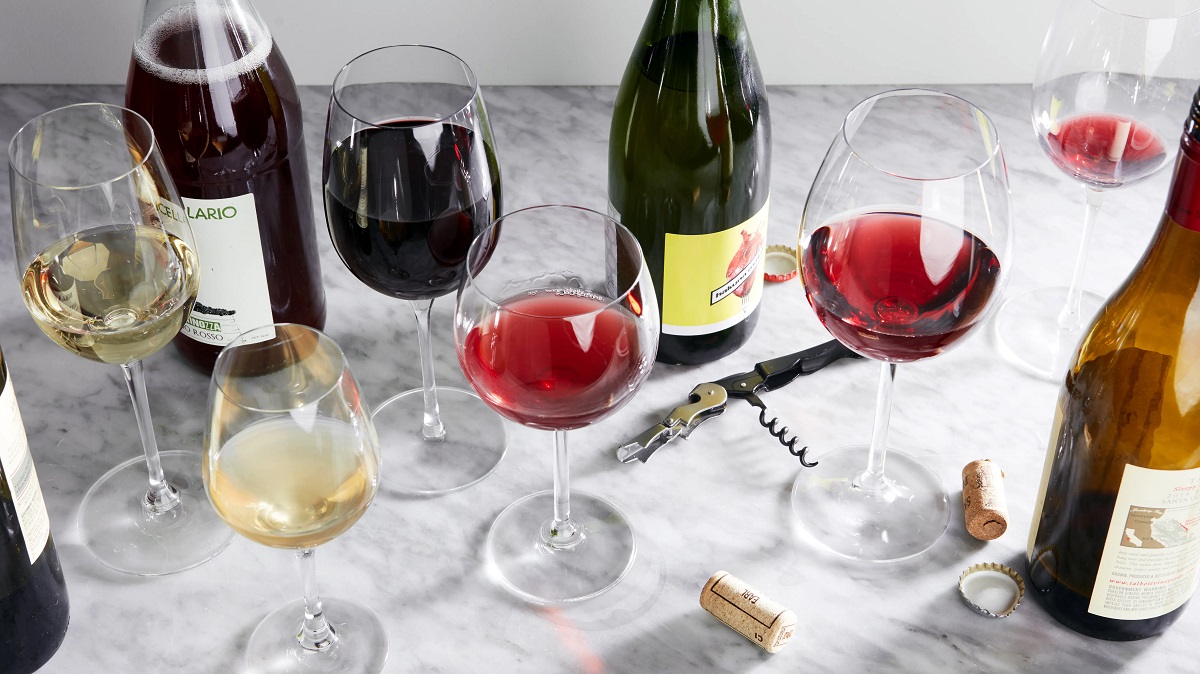
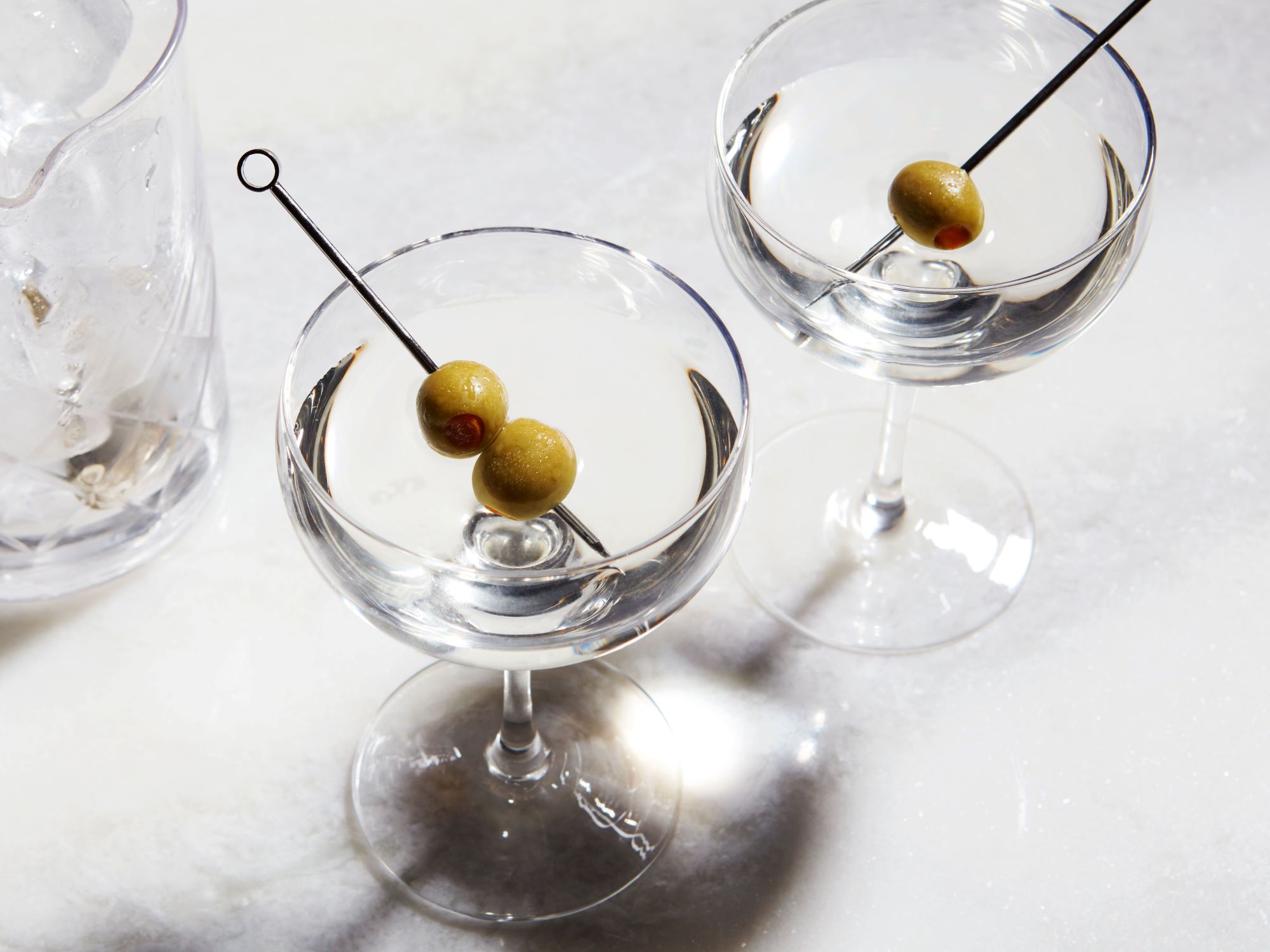
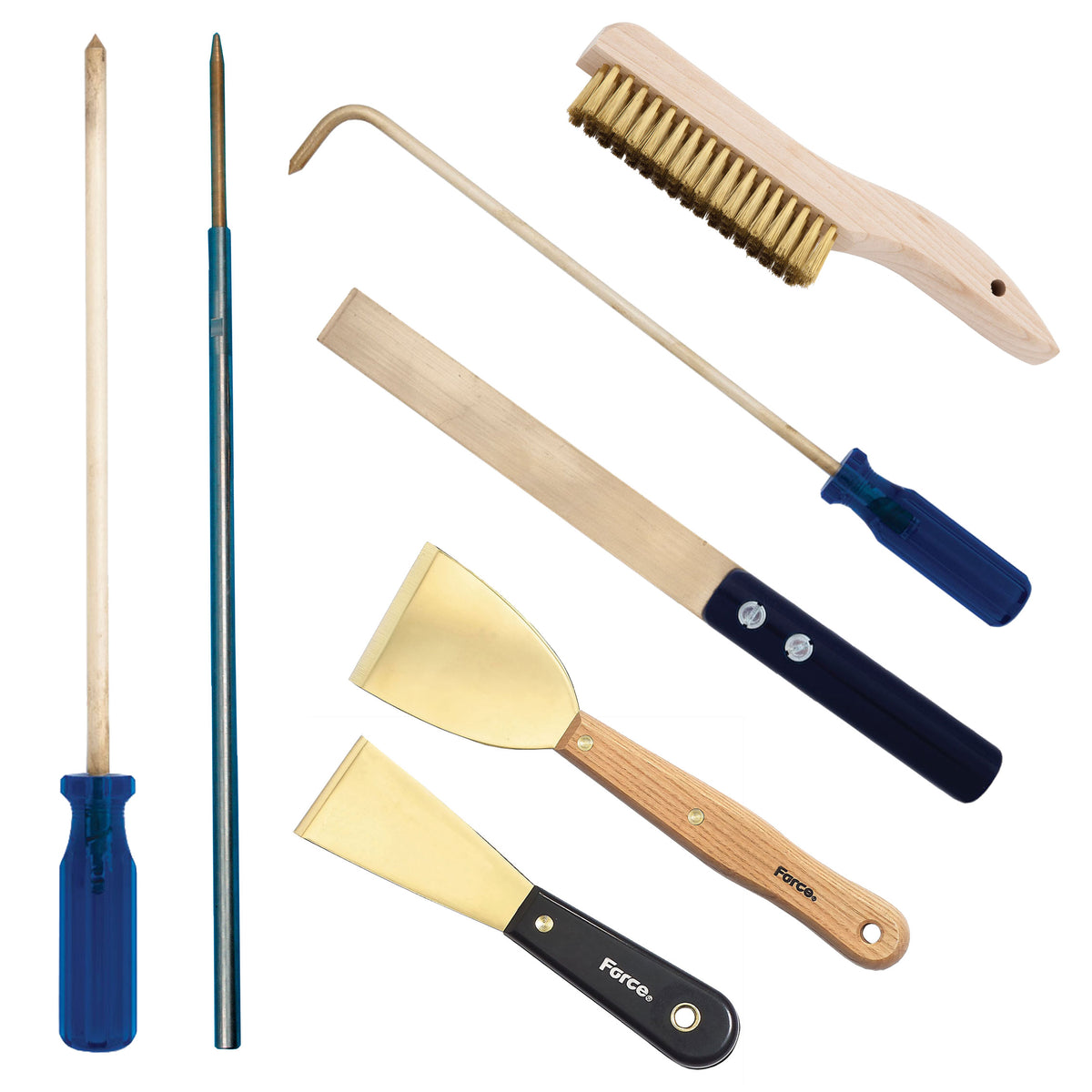

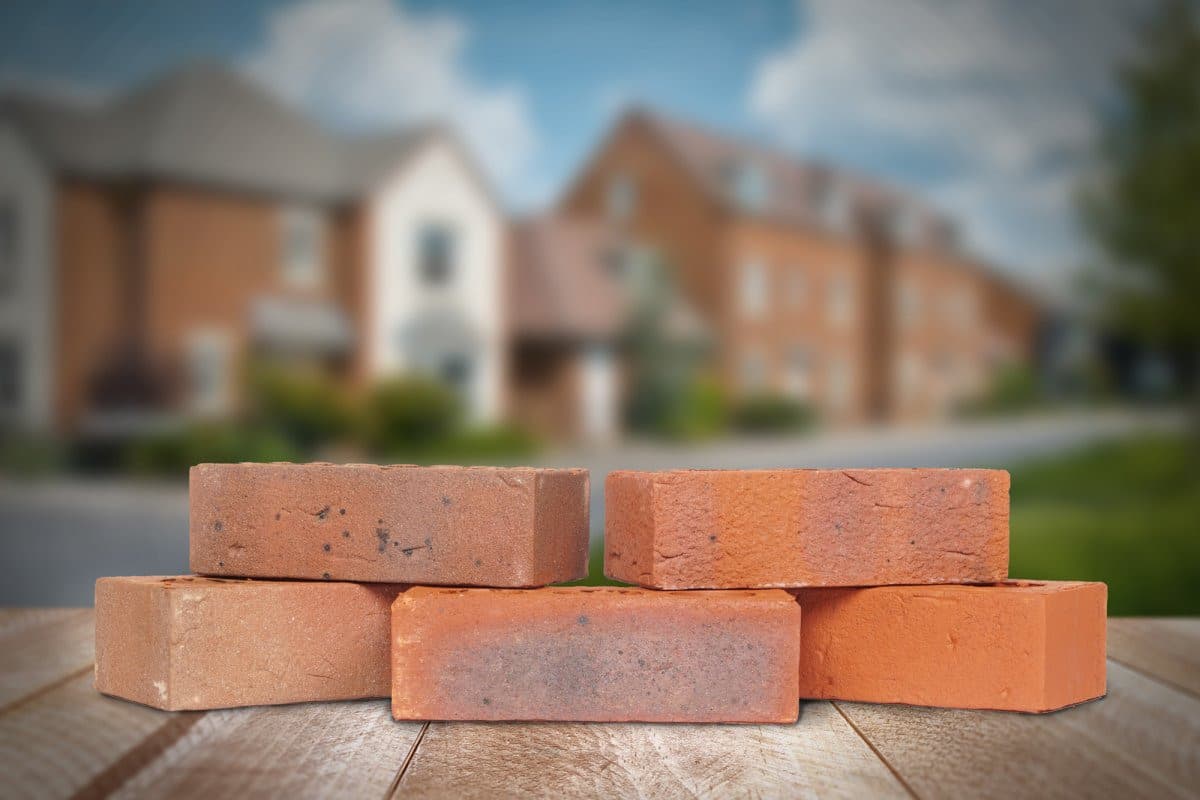
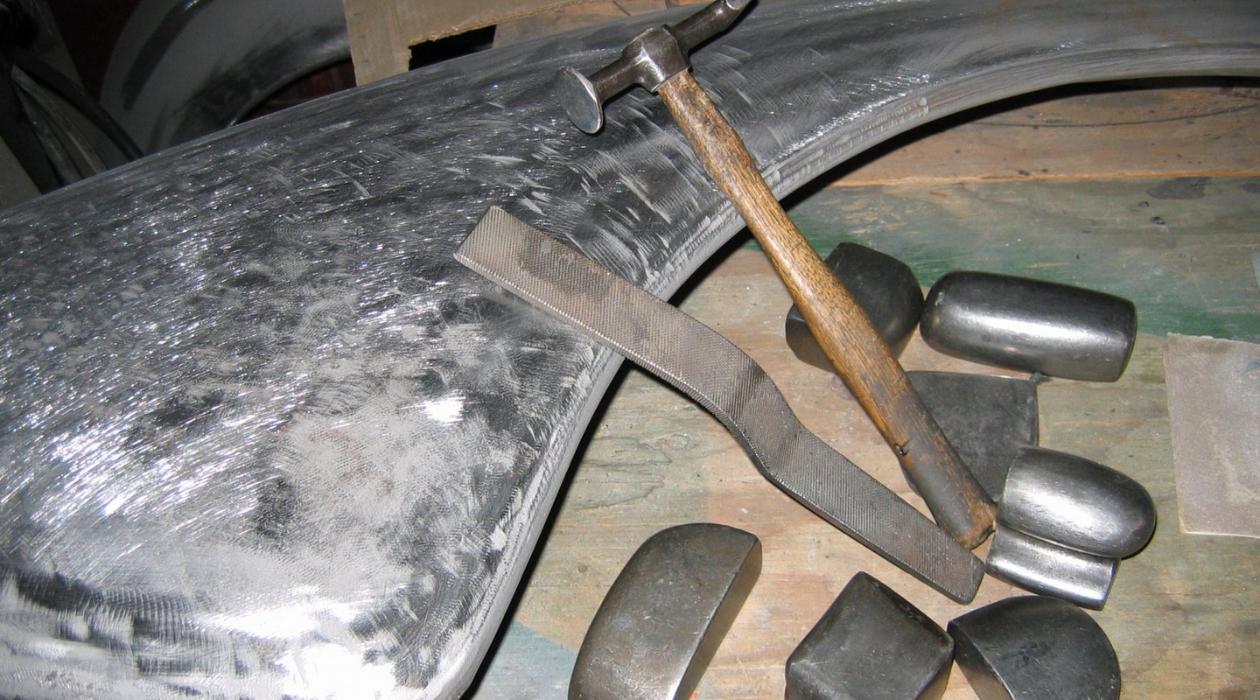
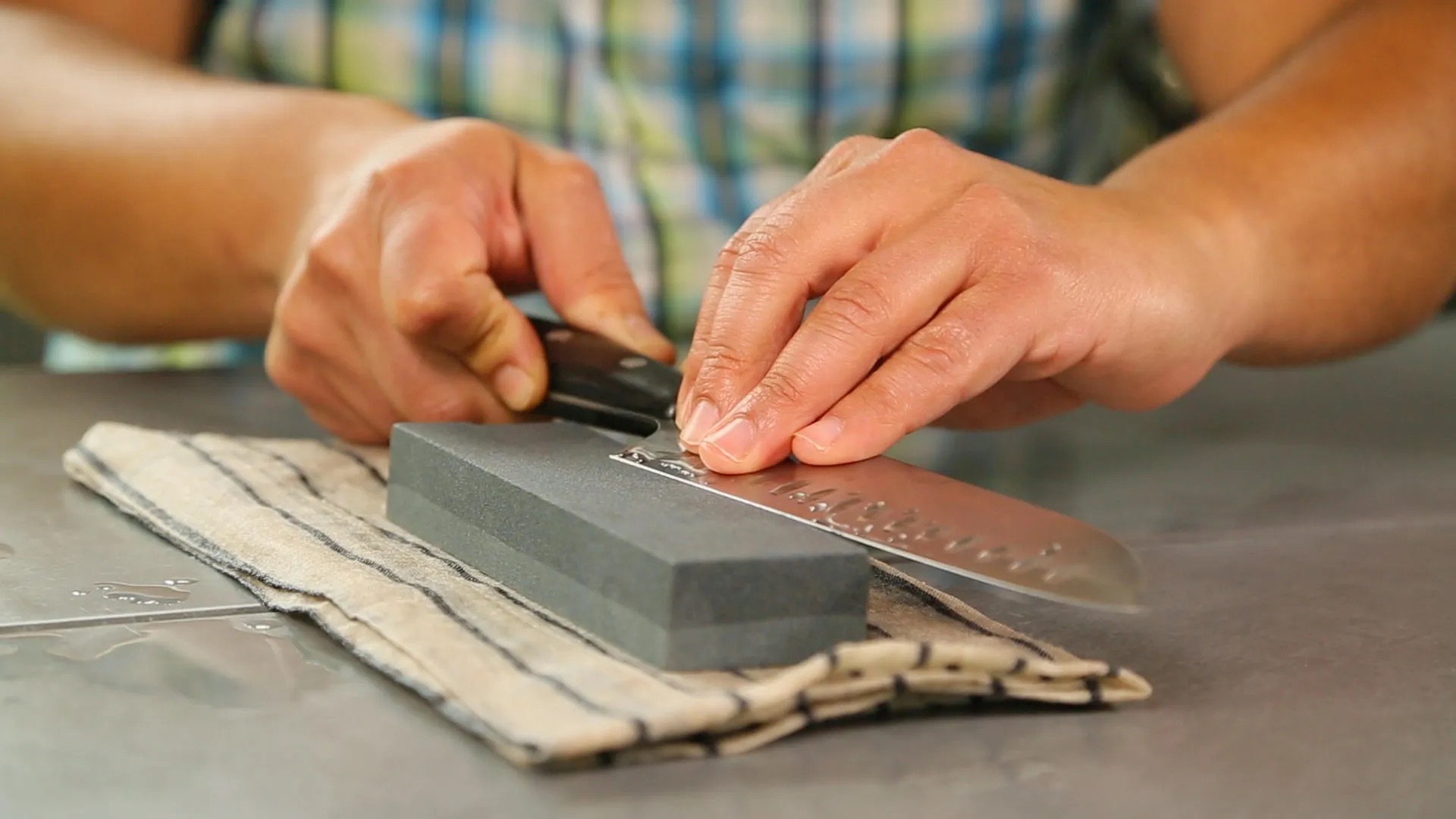
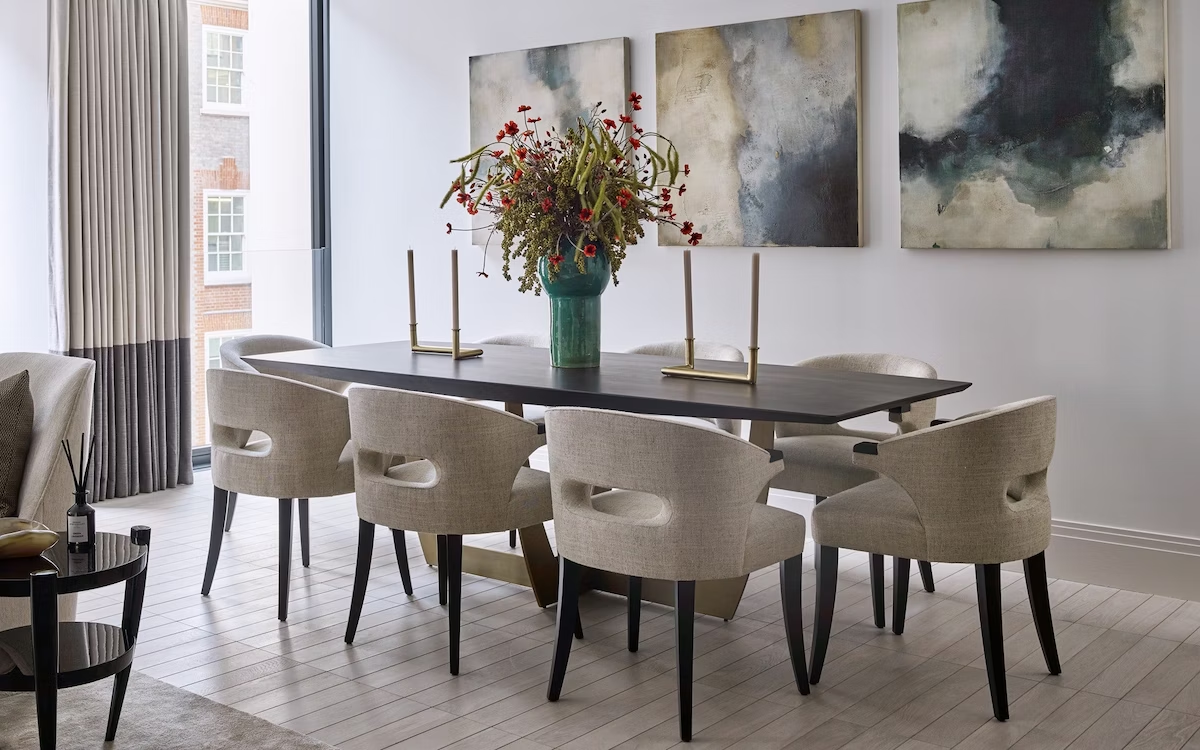
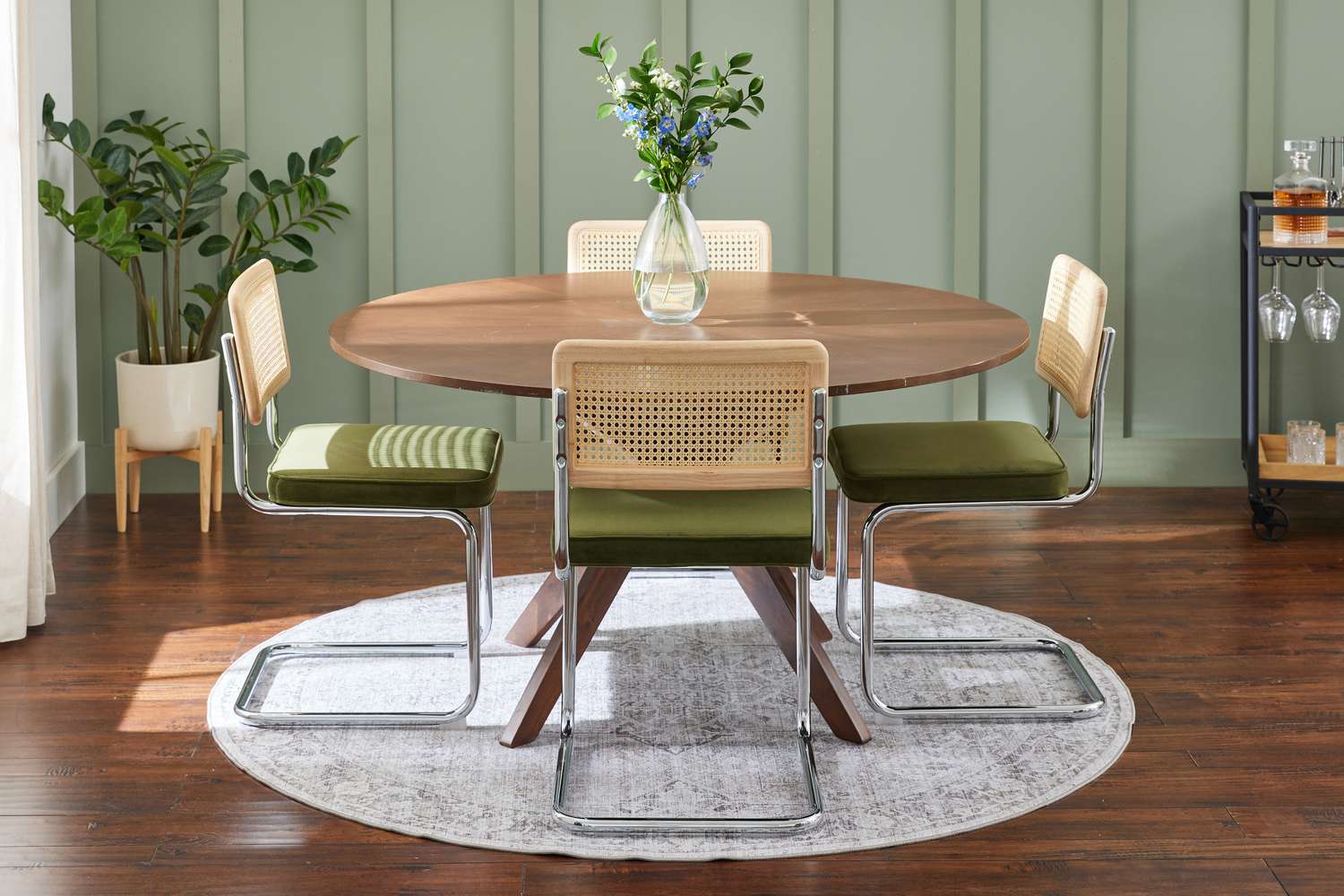



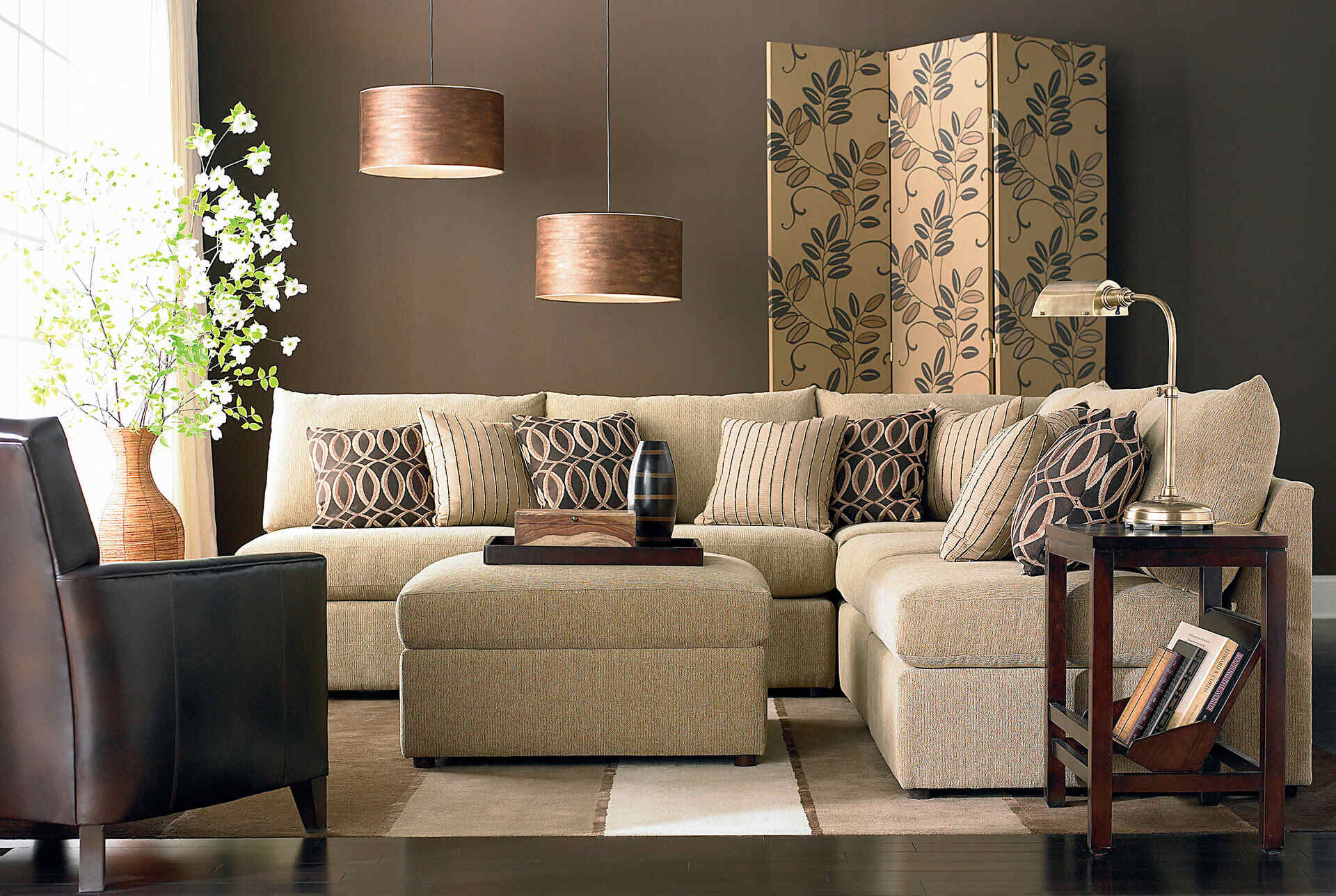
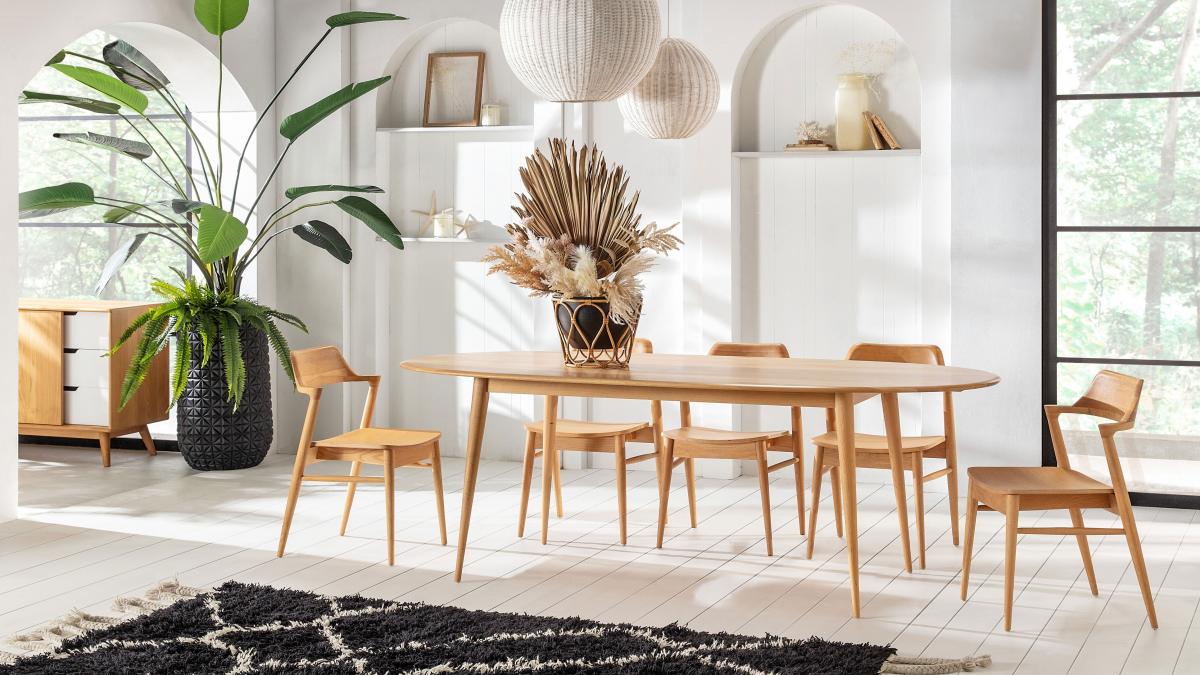


0 thoughts on “How Is Glass Shaped”